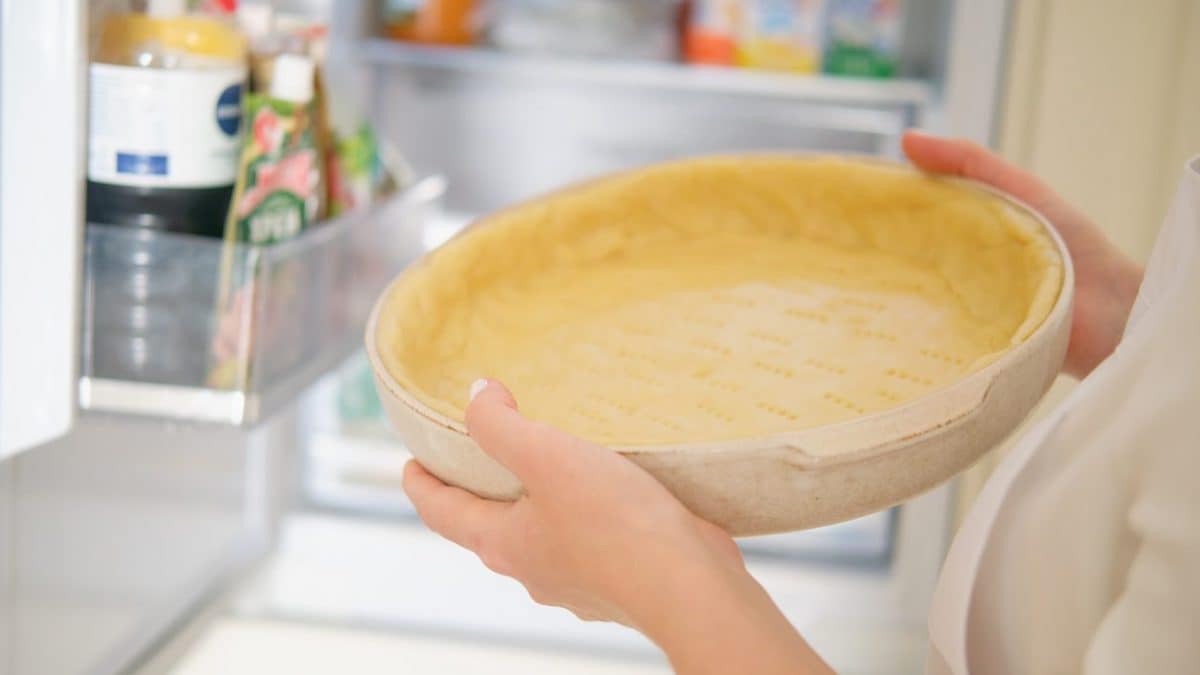
During baking, proper hydration of the dough stands out as a critical stage, exerting a profound influence on the characteristics of the final product. The quality of the dough plays a pivotal role in determining the excellence of the end product.
All flours benefit from appropriate hydration, with a particular emphasis on the necessity for gluten-free flours. The characteristics of various baked goods and the recommended duration for dough rest in the fridge vary.
Here are some common baking recipes and how they require refrigeration:
Brisee and Sucree Pate

For crumbly doughs containing butter, such as those used in shortbread biscuits and cakes, refrigeration is essential before rolling. This rest period allows the fat to re-solidify at room temperature, and the flour, having gained elasticity from liquids, to lose excess elasticity. The result is stable dough that doesn't shrink during rolling, with the option to store raw dough in the refrigerator for up to a week.
Cookie Dough

For maximum flavor and consistency in cookies, refrigerate the dough before baking. Allowing a minimum rest period of 6 hours in the refrigerator enables the flour to absorb the egg fully, resulting in a dry dough that ensures cookies with clean edges, a delightful outer crust, and intense flavor.
Pancake Batter

Overnight refrigeration of pancake batter yields denser, well-blended liquid and dry ingredients, facilitating even cooking and improved leavening.
Factors Influencing Refrigerator Rest

Several factors influence the refrigerator rest when dealing with dough:
- The yeast percentage relative to flour weight.
- Dough complexity, influenced by fat, sugar, and egg content.
- Ambient temperature concerning dough quantity.
- Refrigerator temperature set at 4 degrees Celsius, with dough placed in the coldest area to control yeast activity.
- The type of flour used and its hydration level.
Understanding these factors ensures an optimal refrigeration process, contributing to the overall success of your baked goods.
;Resize,width=767;)
